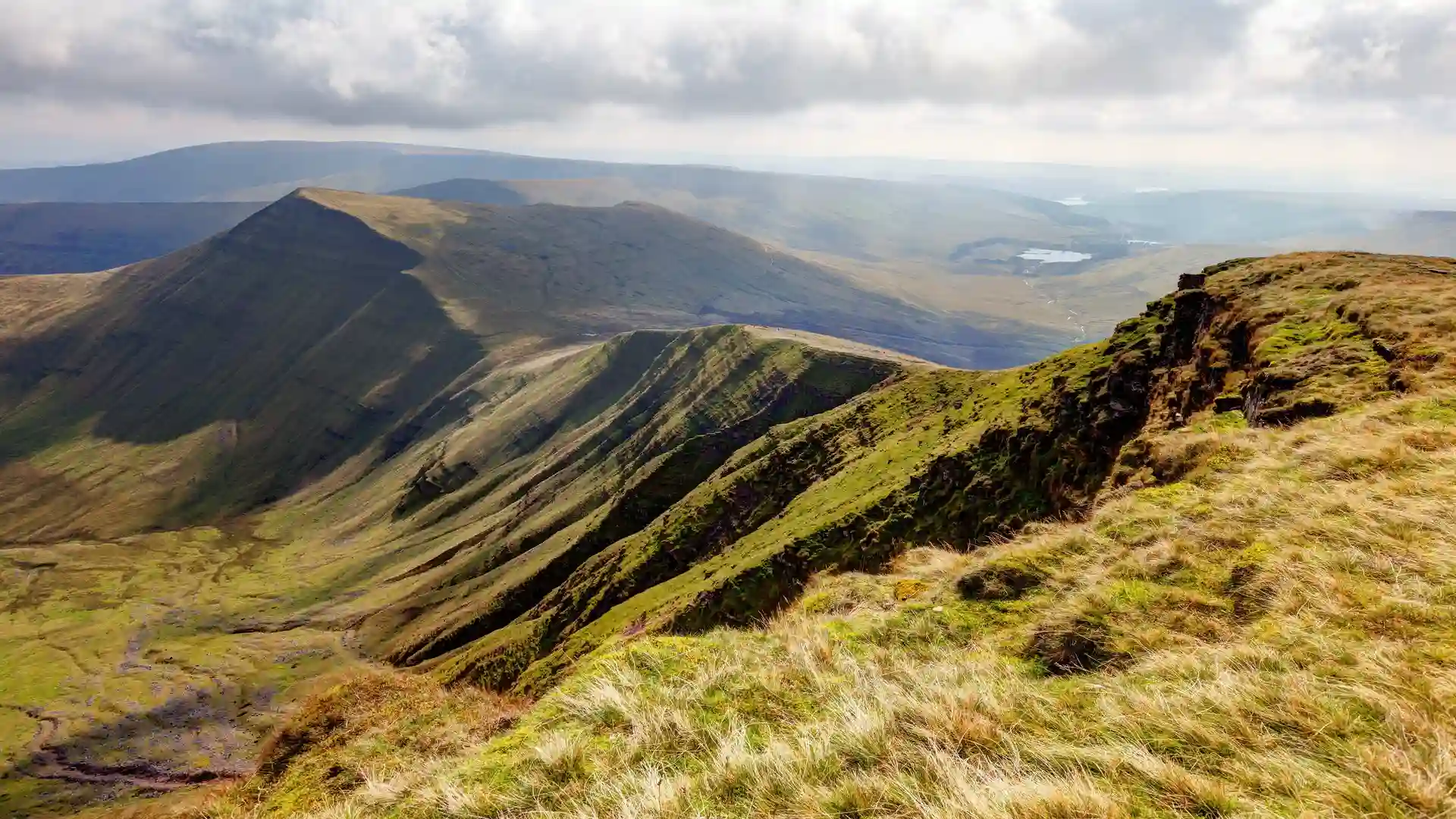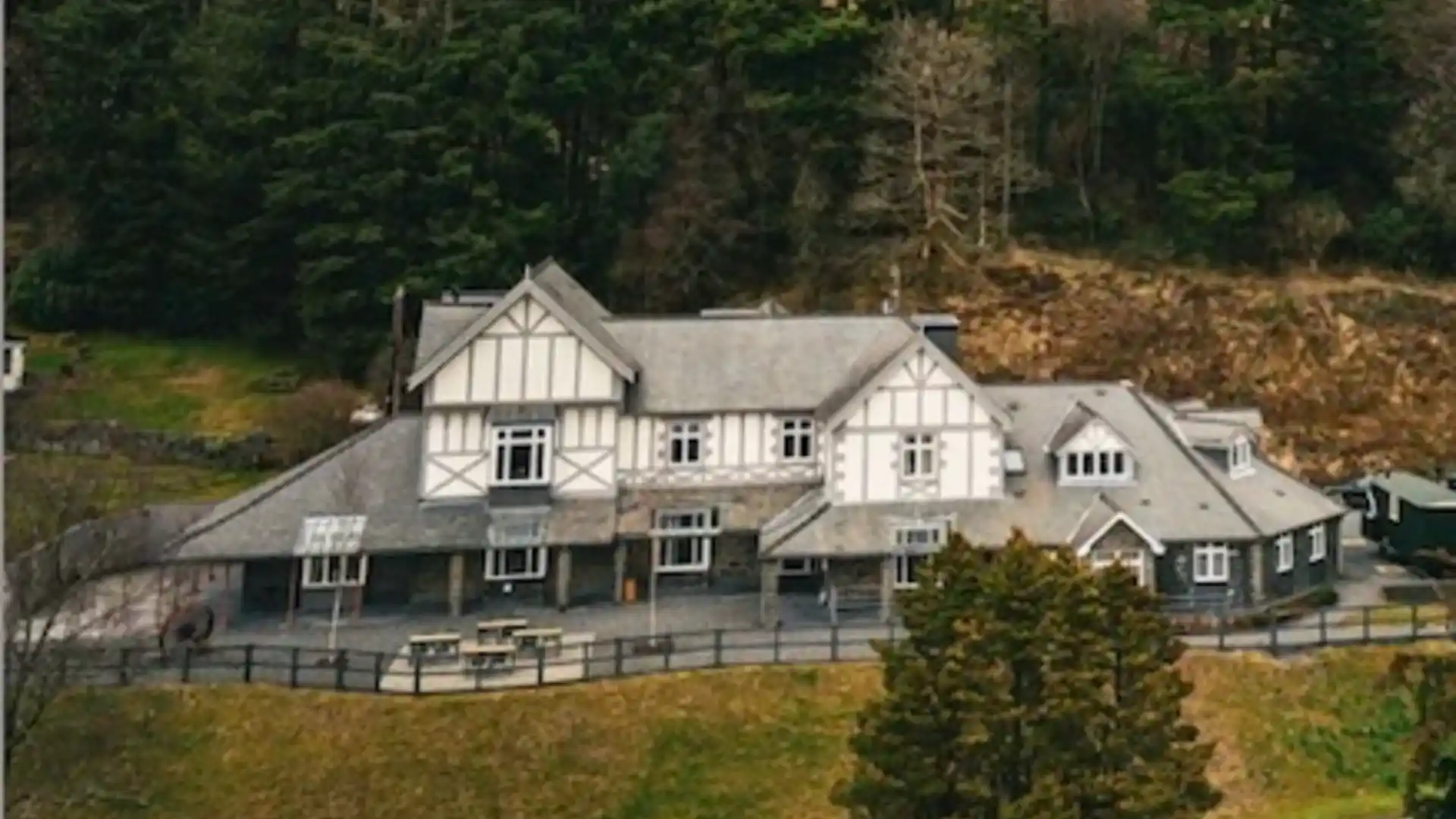Wales’ Living Heritage: Exploring the Castles and Town Walls of King Edward in Gwynedd
How four medieval fortresses became a cornerstone of Welsh identity and a UNESCO World Heritage journey
Wales wears its history in stone. Along the coast of Gwynedd, four mighty castles — Caernarfon, Conwy, Harlech, and Beaumaris — stand as some of the most complete and awe-inspiring medieval fortresses in the world. Together they form the Castles and Town Walls of King Edward in Gwynedd, a UNESCO World Heritage Site that marks forty years of global recognition in 2025.
This isn’t just a story of conquest — it’s a story of endurance, identity, and evolution. These fortresses have outlasted empires, weathered centuries of change, and become landmarks not of domination, but of shared heritage.
A Legacy in Stone
Built in the late 13th century by King Edward I as part of his campaign to control Wales, these castles were strategic, architectural masterpieces — symbols of power designed to impose authority across the region. Yet over time, they’ve taken on a different role: living monuments to Welsh culture and resilience.
Each castle tells its own story.
- Caernarfon, with its polygonal towers and riverside battlements, mirrors imperial ambition and mythic grandeur.
- Conwy, enclosed by perfectly preserved town walls, remains one of Europe’s finest medieval walled towns.
- Harlech, perched high on a sea cliff, commands views of Eryri (Snowdonia) and has become a symbol of defiance and song.
- Beaumaris, the last and most technically perfect of them all, was never fully completed — yet its symmetry and precision are breathtaking.
Together, they represent one of the greatest expressions of medieval military architecture in the world.
Walking the Castle Trail
Today, travellers can explore these sites as part of a slow journey through North Wales — linking castles, coastlines, and communities by foot or train. The Wales Coast Path connects Beaumaris on Anglesey with Conwy and Harlech, while inland routes link to Caernarfon and the surrounding Eryri National Park.
A “Castle Trail” itinerary is being developed by Cadw and UNESCO UK, encouraging visitors to move beyond single-site tourism and experience the landscapes that shaped these fortresses. From walking the harbour walls of Conwy to crossing the Menai Strait on foot to Beaumaris, each step reveals the layered history between land, sea, and story.
Community and Conservation
This year’s 40th anniversary celebrations focus on restoration and regeneration.
At Conwy, sections of the medieval town walls have been carefully stabilised to allow safe public access. In Caernarfon, restoration work on the Eagle Tower showcases sustainable conservation using traditional lime and locally sourced stone.
Local communities are also reinterpreting the castles for a new generation — with Welsh-language storytelling, heritage crafts, and guided walking routes that connect cultural heritage with everyday life.
“Heritage in Wales isn’t something preserved behind glass,” says a Cadw spokesperson. “It’s part of our identity — something that grows and continues to connect people to place.”
Why It Matters
The Castles and Town Walls of King Edward in Gwynedd are far more than monuments to a medieval king. They are symbols of transformation — from conquest to coexistence, from history to heritage.
For travellers, they offer a journey not just through architecture, but through the soul of a nation — a way to walk among Wales’ living history and witness how the past continues to shape its landscapes, communities, and identity.




